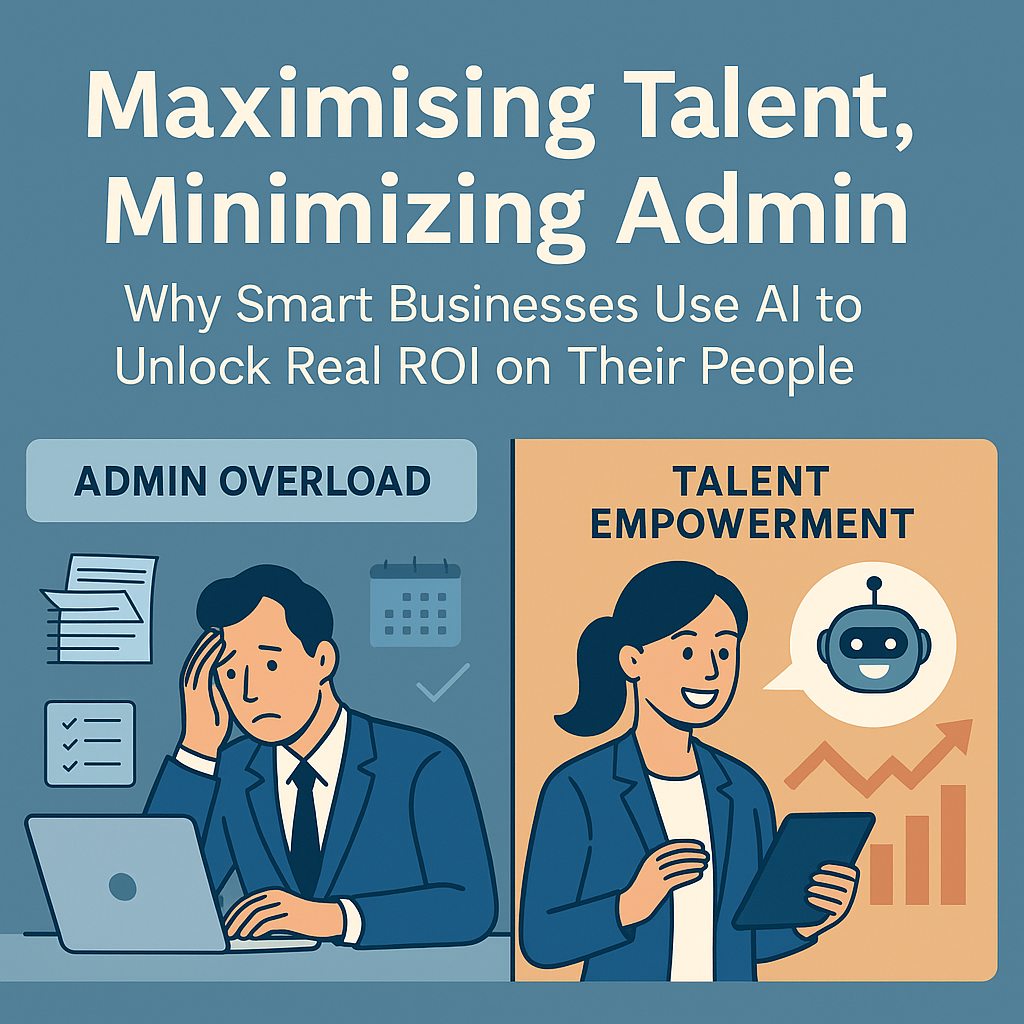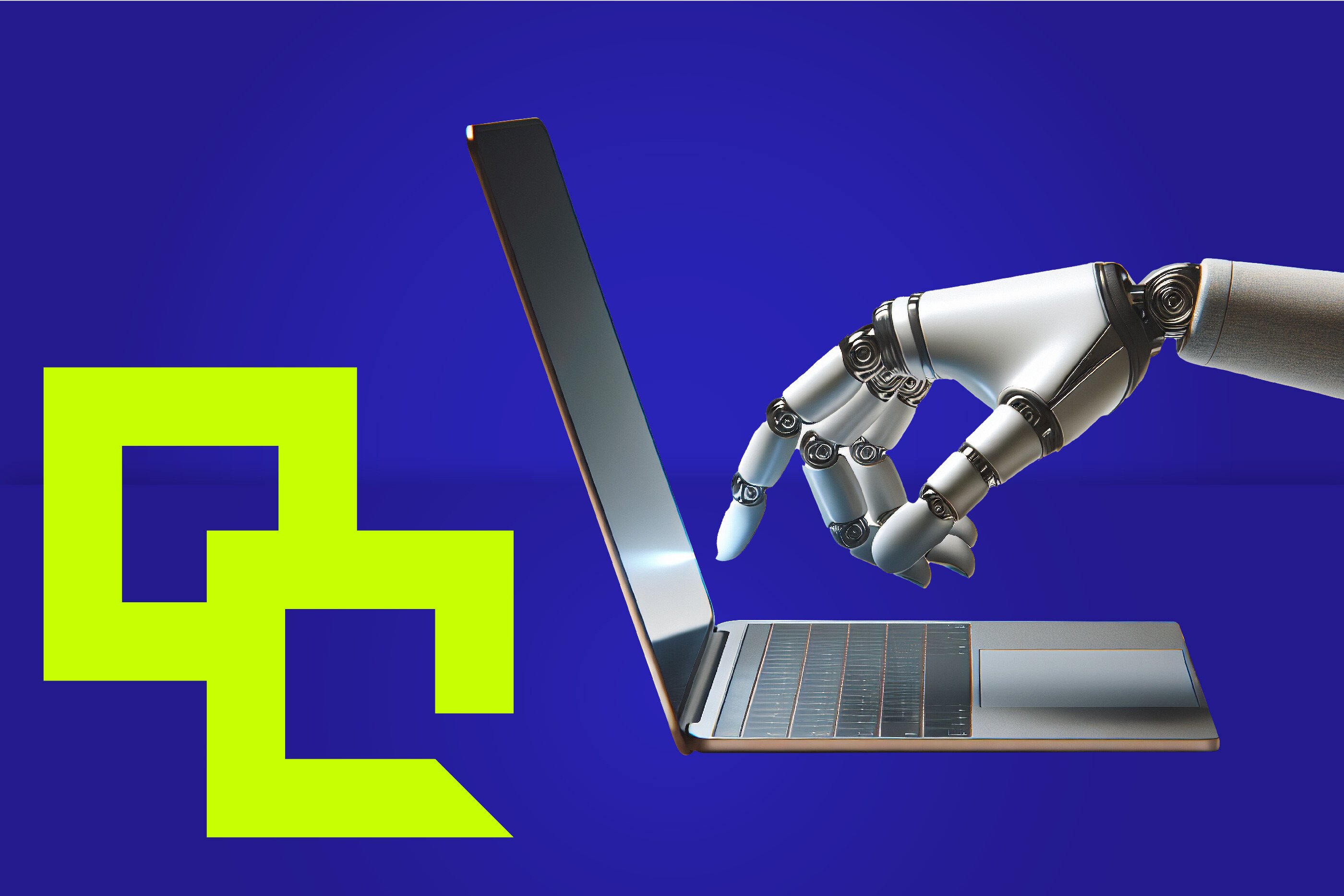In the ever-evolving world of artificial intelligence (AI), tools like Microsoft Copilot are transforming the way businesses operate. As part of Microsoft’s broader AI strategy, Copilot integrates directly into its suite of productivity tools—such as Word, Excel, Teams, and PowerPoint—helping businesses streamline operations, boost productivity, and enhance decision-making.
In this blog, we’ll explore what Microsoft Copilot is, real-world examples of its applications, its limitations, and how it stacks up against other AI tools on the market.
What is Microsoft Copilot?
Microsoft Copilot is an AI-powered assistant embedded within Microsoft 365 apps. Built on OpenAI’s GPT models, Copilot helps users automate tasks, generate insights, and improve workflows. It’s not just a chatbot; it’s a powerful tool designed to integrate seamlessly with your existing business processes.
By understanding context from your data, Copilot can provide real-time suggestions, draft documents, analyse data, and even manage communication within teams. For businesses, this means reducing manual effort and freeing up time for high-value activities.
Examples of Copilot in Action
-
Content Creation in Word
Copilot can generate professional-quality drafts, suggest edits, and format documents, allowing users to focus on fine-tuning rather than starting from scratch. For instance, a marketing manager can ask Copilot to draft a press release or a product description, saving hours of work.
-
Data Analysis in Excel
With Copilot, businesses can quickly analyse trends, create predictive models, and even generate complex visualisations with simple prompts. A sales manager, for example, could ask Copilot to highlight key trends in quarterly sales data and create a summary chart for a presentation.
-
Team Collaboration in Teams
In Microsoft Teams, Copilot can summarise meeting notes, assign tasks, and provide follow-up suggestions. For example, during a project kick-off meeting, Copilot can record key decisions, draft action items, and share them with stakeholders in real-time.
-
Presentation Design in PowerPoint
Copilot can craft visually compelling presentations, complete with graphics and animations, based on simple textual input. A product manager could ask Copilot to create a pitch deck using market research data, saving time and ensuring professional results.
Limitations of Microsoft Copilot
While Copilot offers a range of benefits, it’s not without its limitations:
-
Accuracy Dependence
Copilot relies on the quality of the input data. Inconsistent or incomplete data can lead to subpar results, such as incorrect analysis or poorly written content.
-
Learning Curve
Although designed for ease of use, businesses may face an initial learning curve to understand how to effectively use Copilot’s full range of features.
-
Contextual Understanding
While Copilot is impressive, it’s not perfect at understanding nuanced requests or industry-specific jargon. This may require manual adjustments or additional context.
-
Privacy and Security Concerns
Businesses working with sensitive data need to ensure compliance with data protection regulations when using Copilot, as the AI interacts with potentially confidential information.
How Does Copilot Compare to Other AI Tools?
-
Deep Integration
Unlike standalone AI tools like ChatGPT or Google Bard, Microsoft Copilot is deeply integrated into Microsoft 365, making it more seamless for businesses already using these tools.
-
Contextual Awareness
Copilot’s ability to pull from a business’s specific data sets (e.g., documents, spreadsheets, emails) gives it an edge over generic AI tools that lack direct access to organisational data.
-
Ease of Adoption
Businesses already familiar with Microsoft 365 face a minimal adoption barrier compared to implementing entirely new systems.
-
Competitors’ Offerings
Tools like Google Workspace AI also offer productivity enhancements but lack the same level of integration with legacy systems. Meanwhile, standalone tools like OpenAI’s ChatGPT focus more on general-purpose conversational capabilities rather than task-specific applications.
The Future of Microsoft Copilot in Business
As Microsoft continues to refine Copilot, its potential applications will only expand. From customer service automation to advanced financial modelling, the AI assistant is set to become an indispensable tool for businesses striving to stay competitive in an increasingly digital world.
That said, success with Copilot depends on how businesses integrate it into their workflows and ensure data accuracy and security. By addressing its limitations and playing to its strengths, Microsoft Copilot can be a game-changer for companies looking to harness the power of AI.









